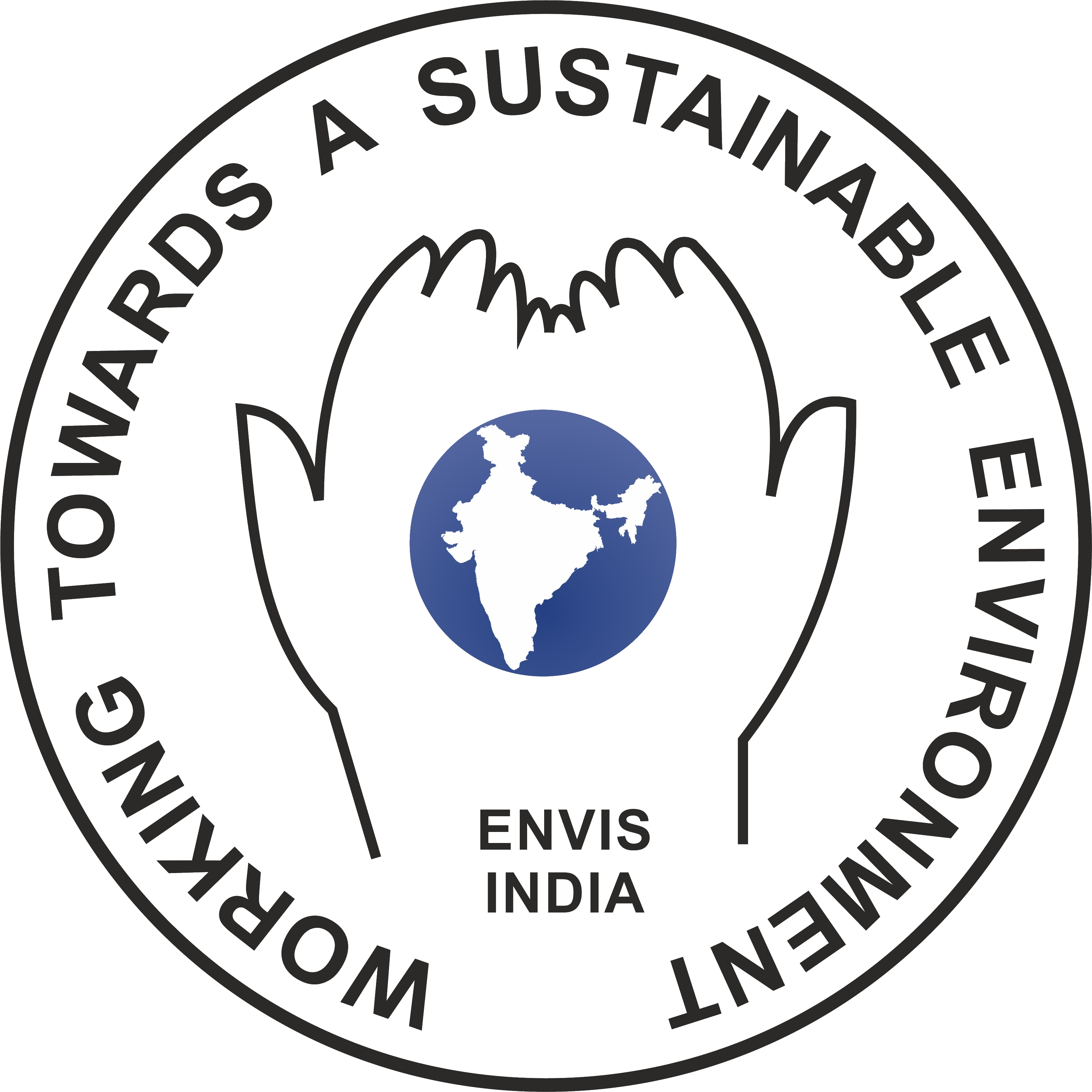Mini forest at Indian Institute of Science: The Success Model for Rejuvenating Ecology and Hydrology in Rapidly Urbanizing LandscapesCite
Ramachandra T V, Gouri Kulkarni, Bharath H. Aithal, Bharath Settur, Vinay S and Harish R Bhat
ENVIS[RP], Environmental Information System, Energy and Wetlands
Research Group,
Centre for Ecological Sciences, Indian Institute of Science -
560012
envis.ces@iisc.ac.in
tvr@iisc.ac.in Phone:
080 22933099/22933503
1.0 Synopsis
Characteristics: 49 tree species from central Western Ghats (Sirsi and Yellapur forests); Survival rate: 100%, Current number of tree species: 54 |
|
Prominent Species: Mitragyna parvifolia (Roxb.) Korth., Chukrasia tabularis A. Juss., Duabanga grandiflora (Roxb. ex DC.) Walp., Garcinia indica (Thouars) Choisy, Holigarna grahamii (Wight) Kurz, Lophopetalum wightianum Arn. and Syzygium laetum (Buch.-Ham.) Gandhi |
|
Area |
About 1.65 - 1.75 hectares |
Landscape characteristics before planting |
Scrub vegetation infested with invasive weeds |
Number of saplings |
480 (belonging to 49 species) |
Initial investment |
Land preparation: Rs 12000 Transport of saplings from Uttara Kannada: Rs. 2400 Daily maintenance (regular watering, de-weeding, etc.) for the initial 36-40 months: Rs. 1,00,000 per year: Total Rs. 4,00,000 Fencing of miniforest region (to minimize external pressure): Rs 24500 |
Benefits |
|
Individuals responsible for implementing Mini Forest Project at IISc |
Dr. T.V. Ramachandra, CES, IISc Dr. Madhav Gadgil, CES, IISc Dr. C J Saldanha, CES, IISc |
Staff involved in the development of mini forest |
Regular watering (40 months), weed removal at initial stages - Mr.Venkatiah, Mrs. Venkatalakshmi Fencing, etc.: Raghavendra Rao, Manjunath B M, Venkatappa, Murugeshachar |
Land Allocation and Support |
Dr. C N R Rao, Director (1984-1994), IISc |


 Sahyadri ENews Issues: I - LXXVIII
Sahyadri ENews Issues: I - LXXVIII
